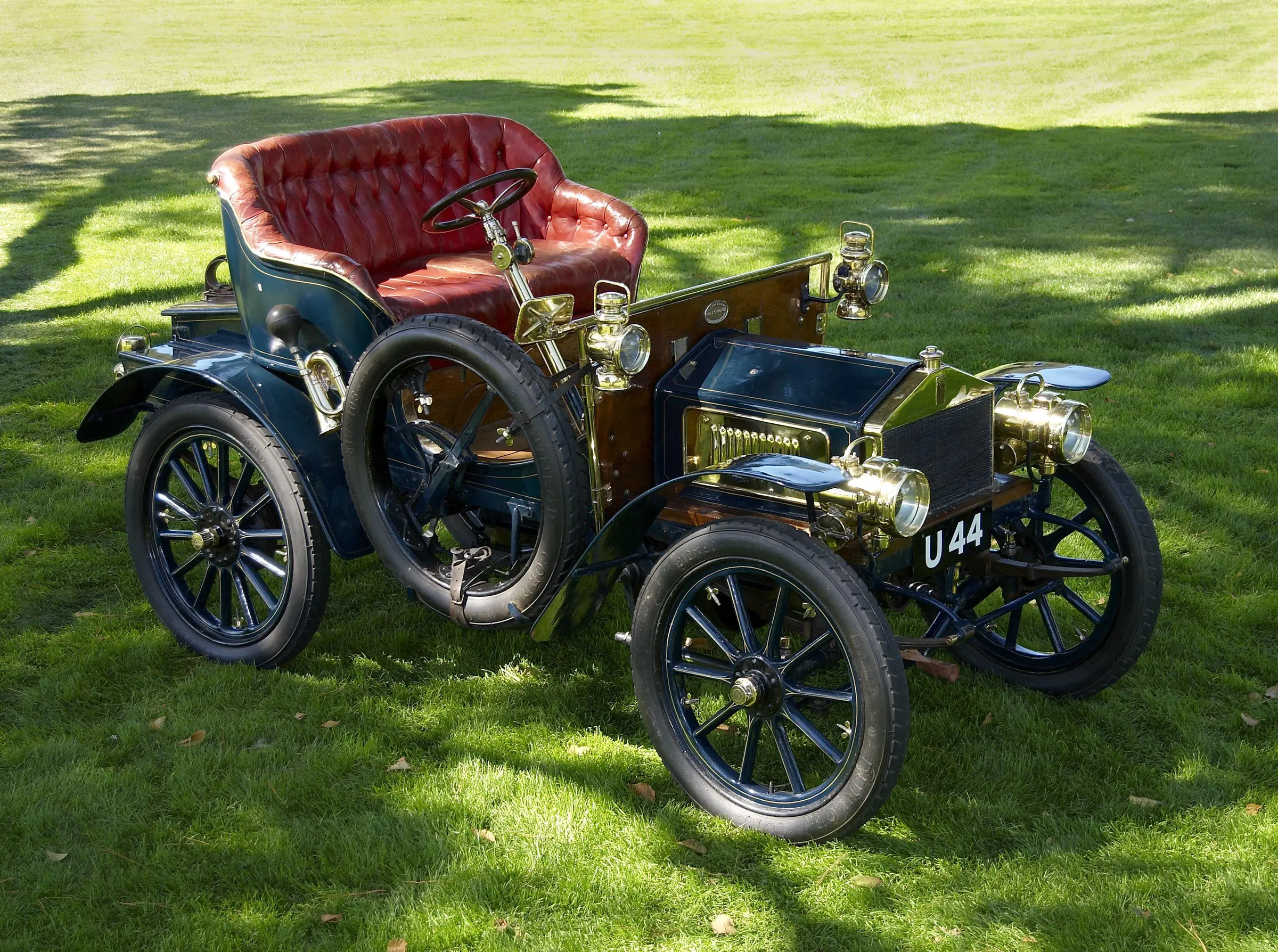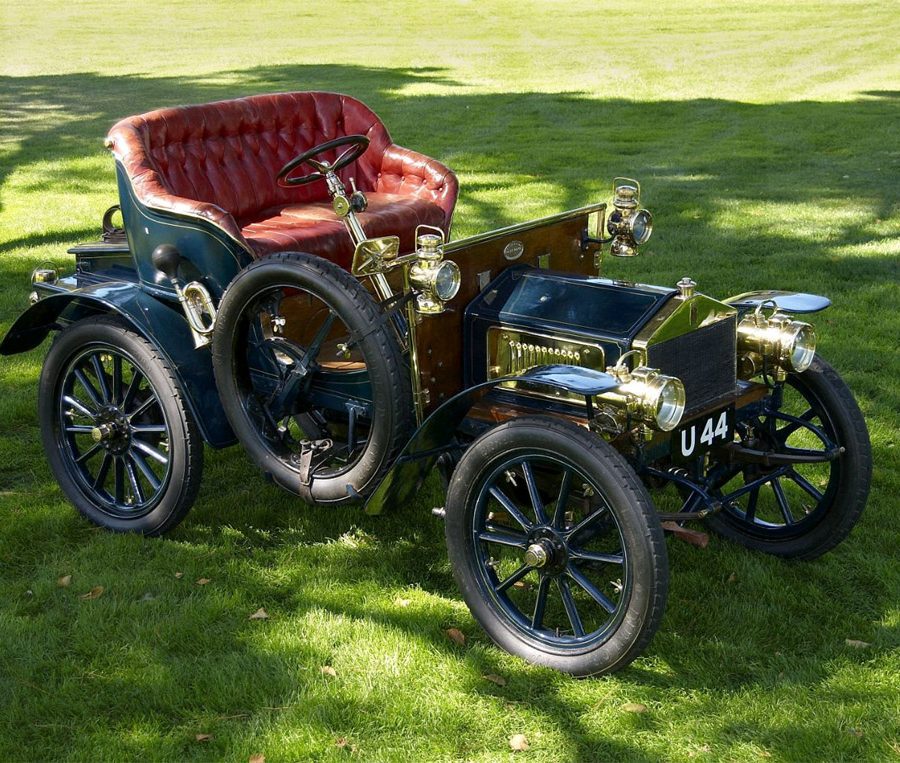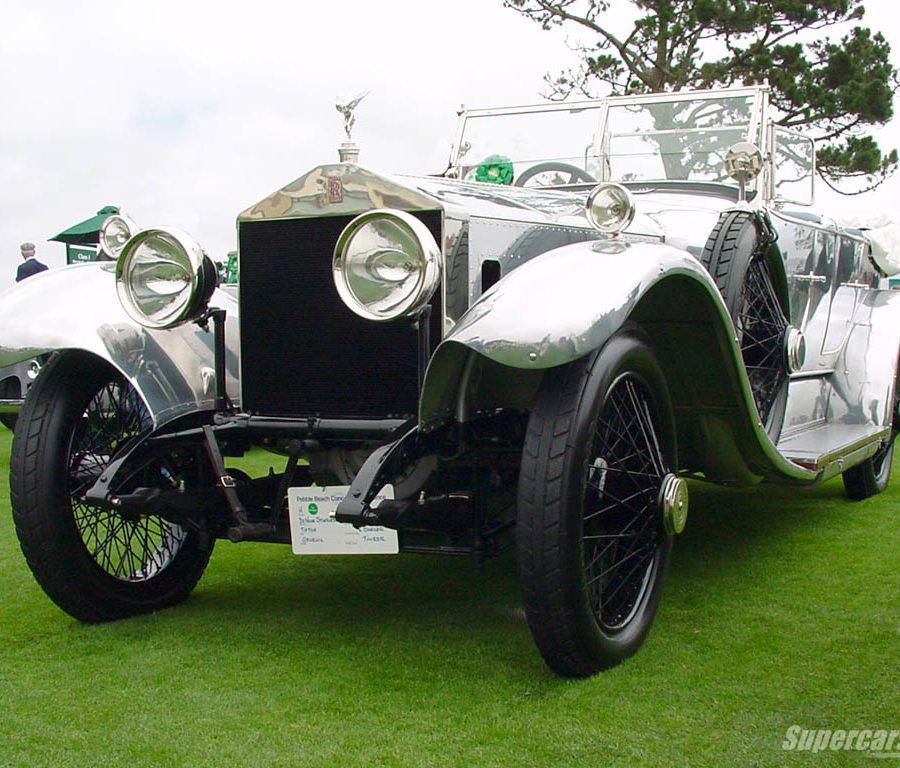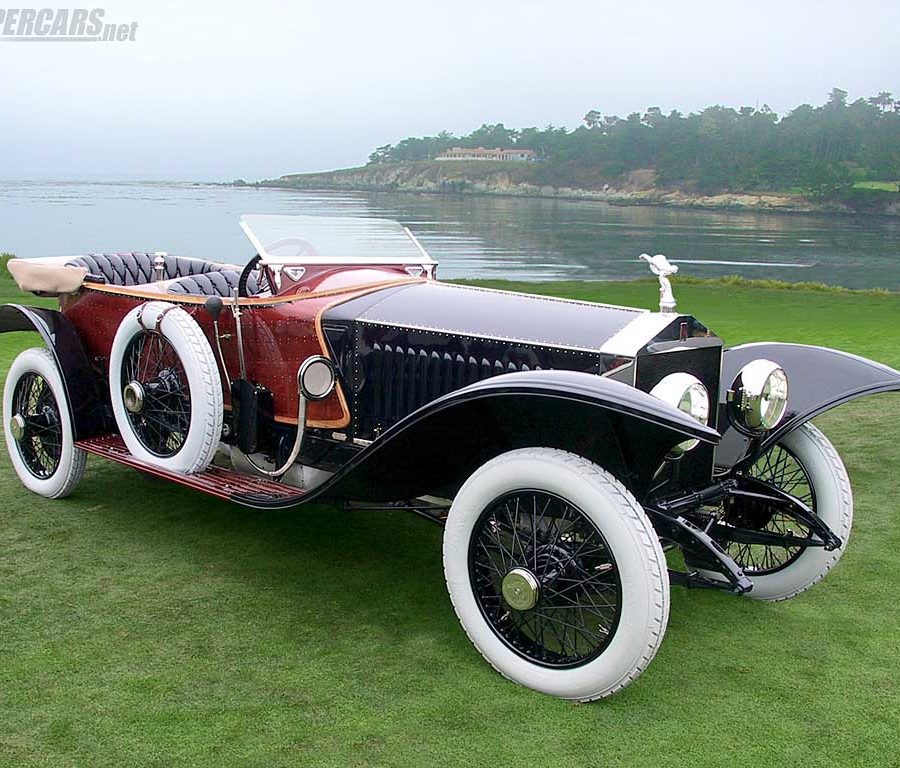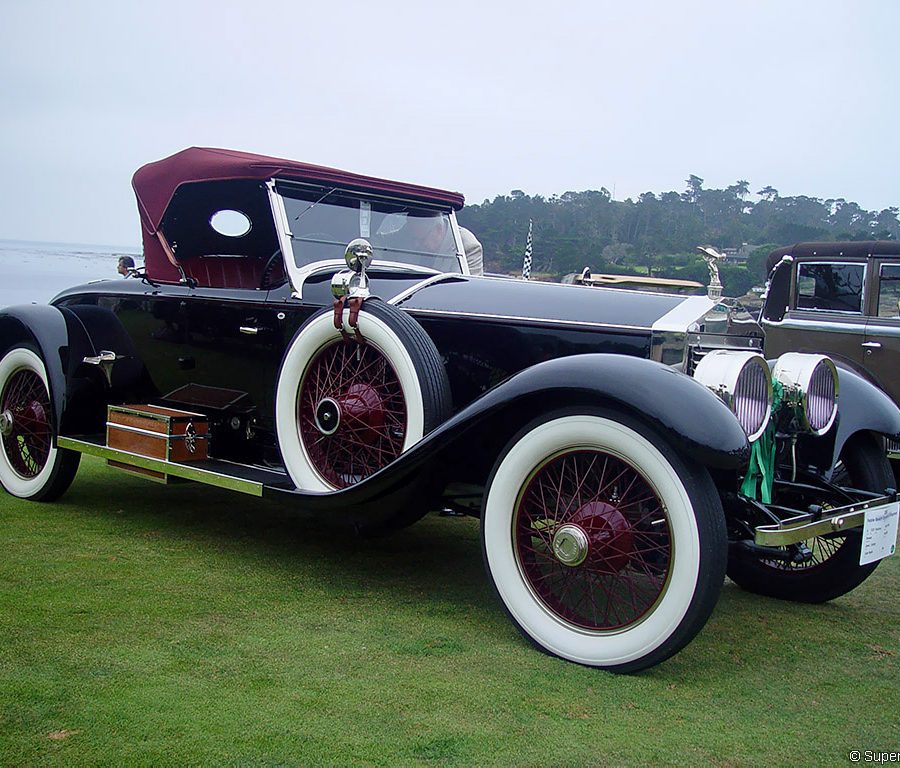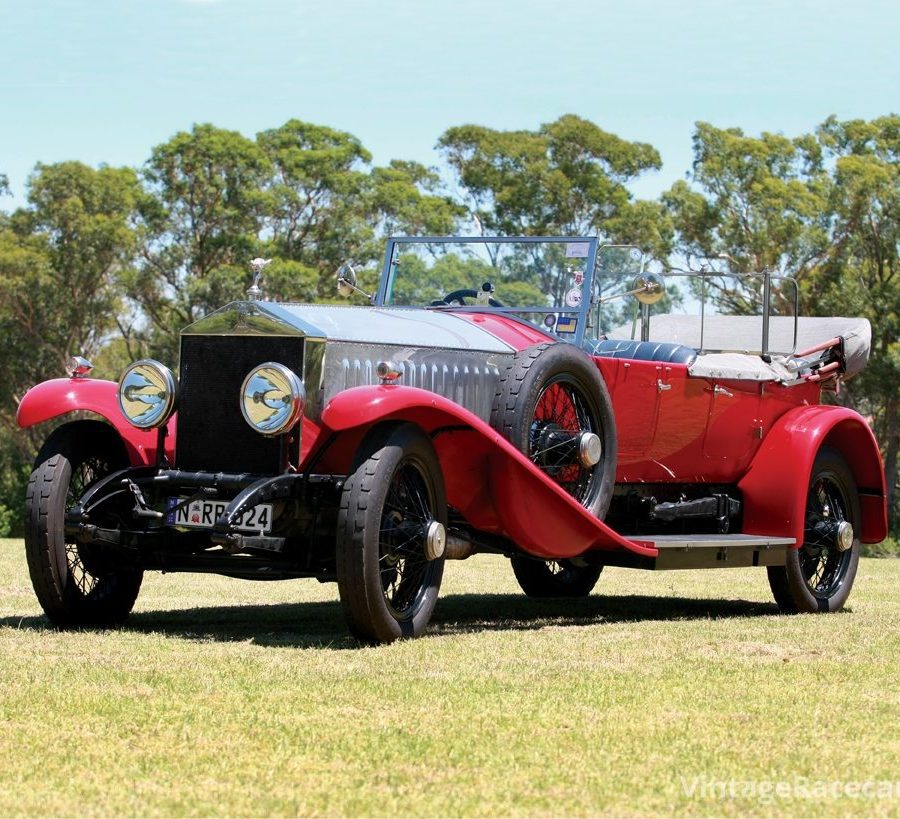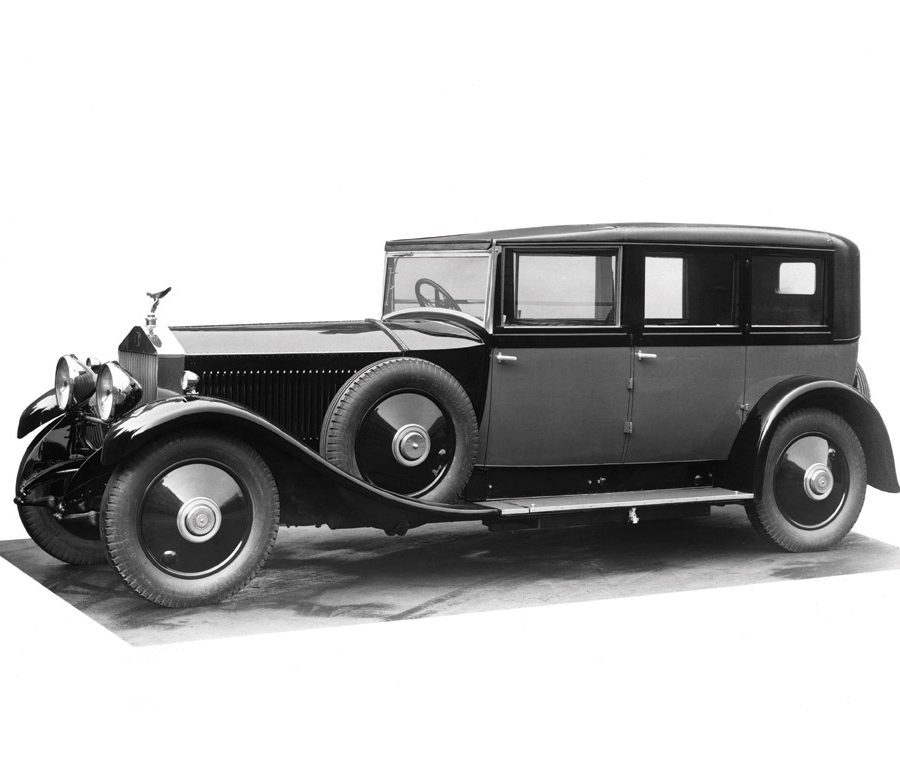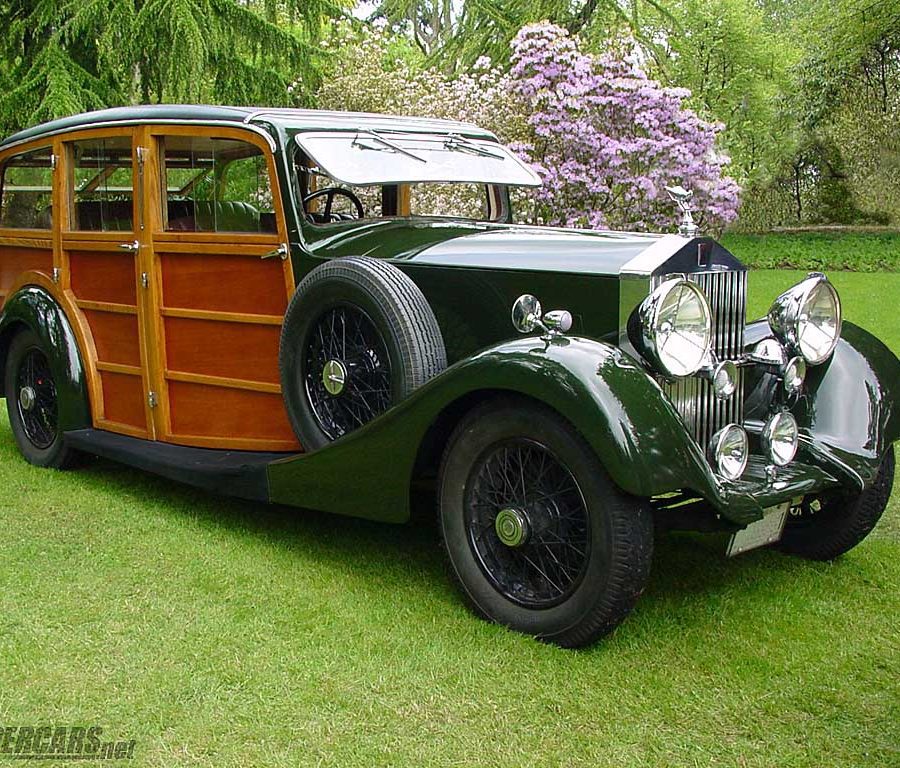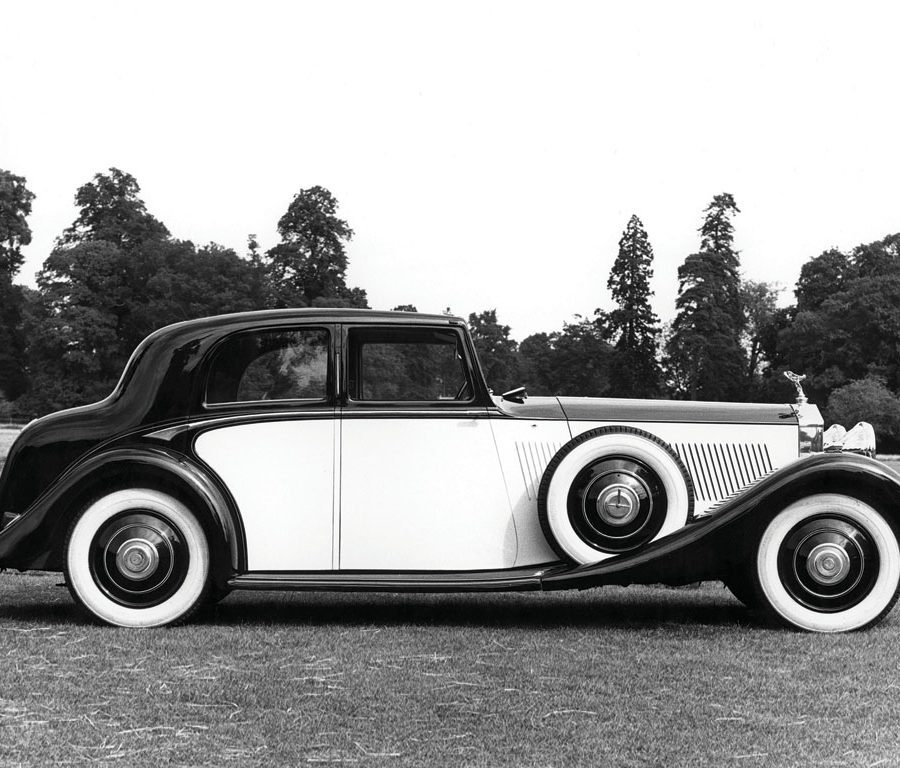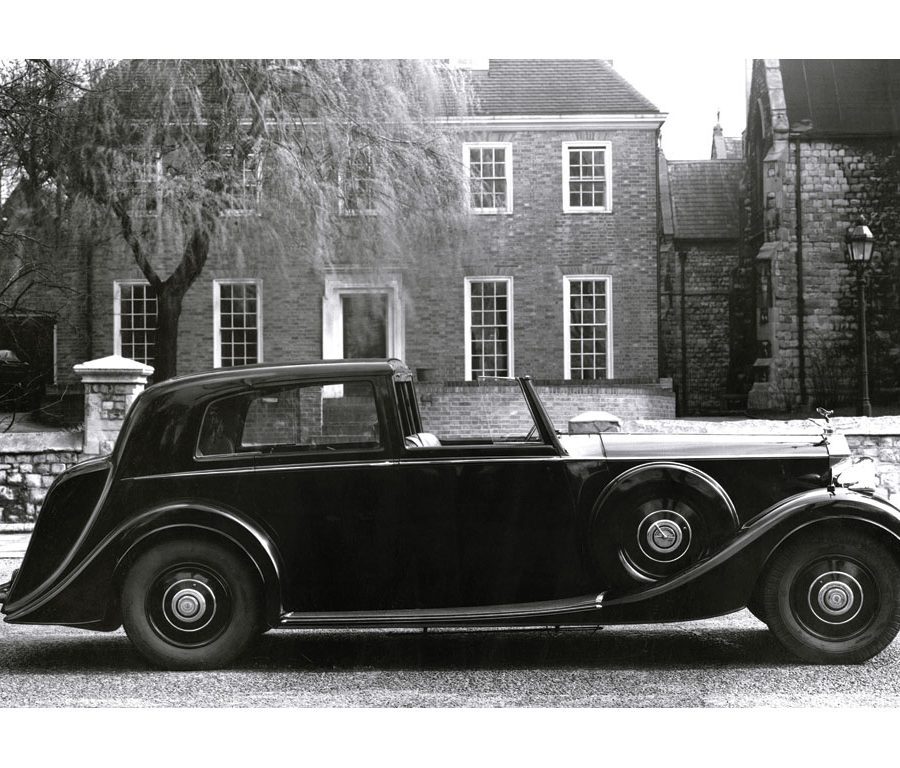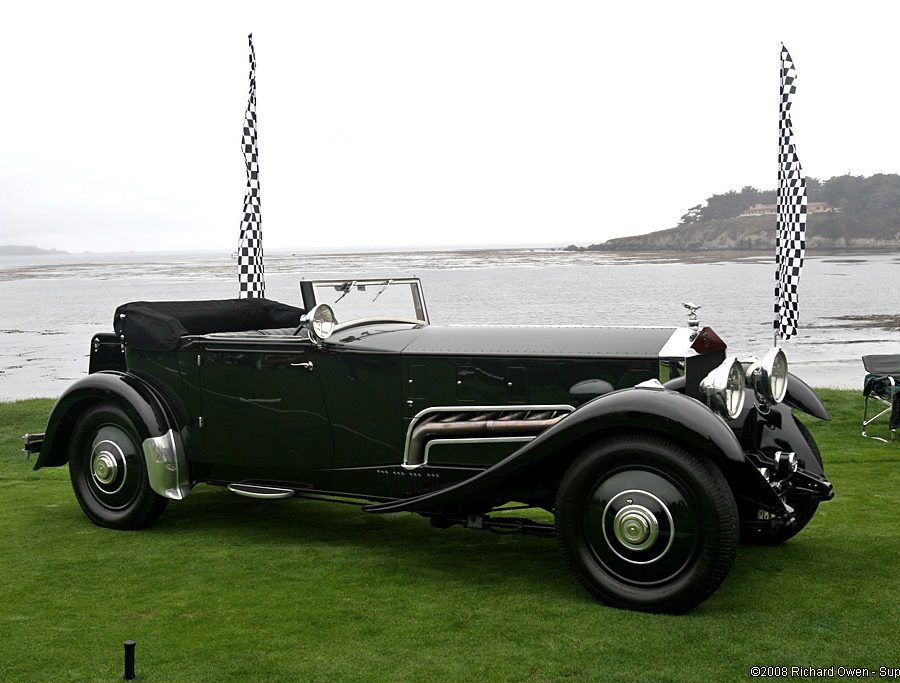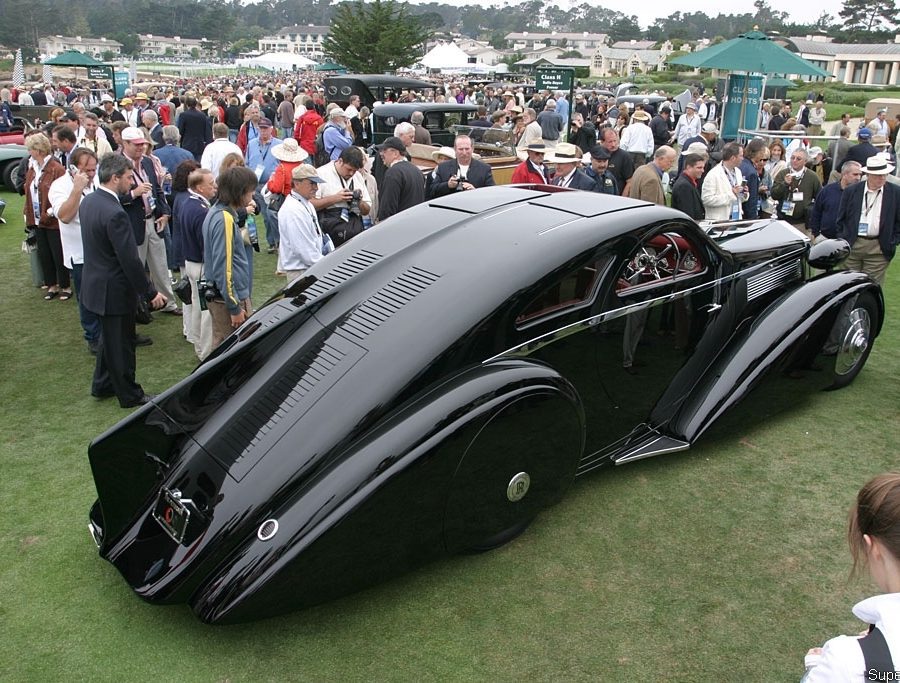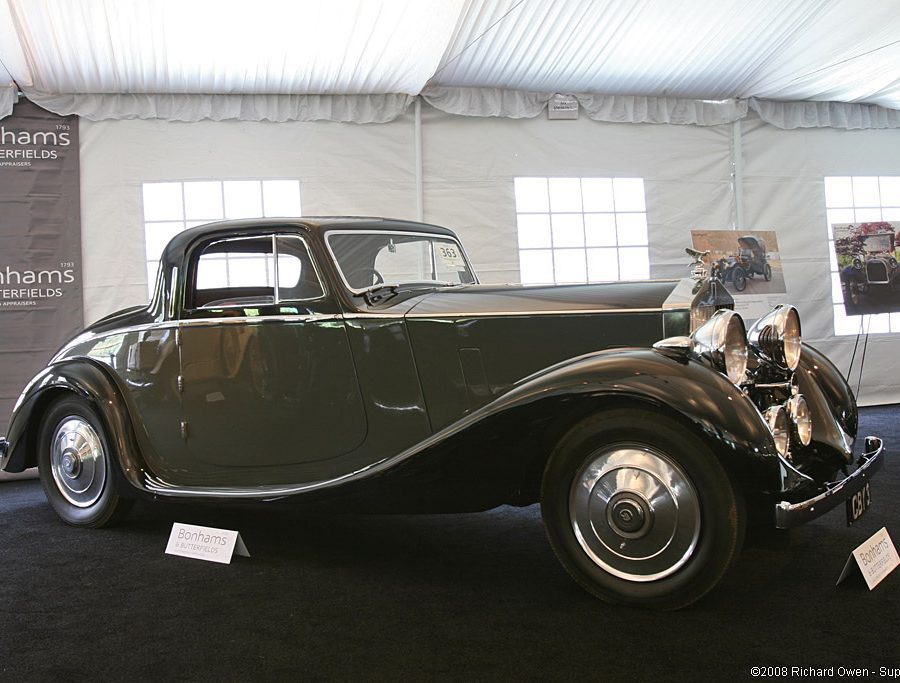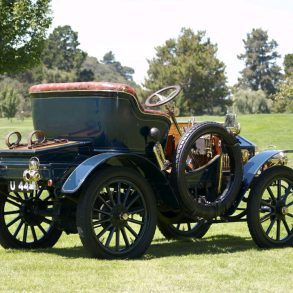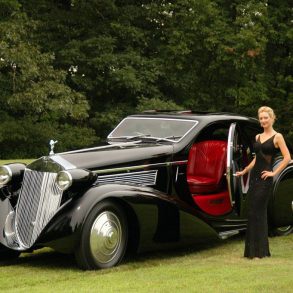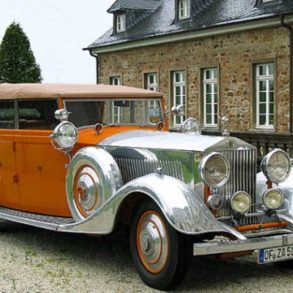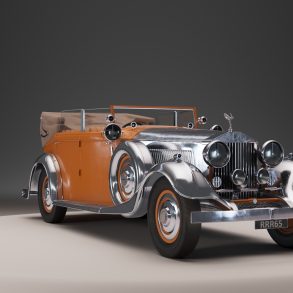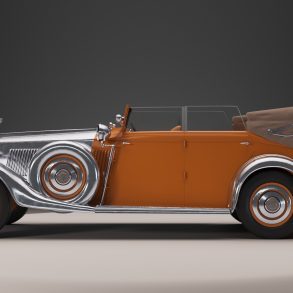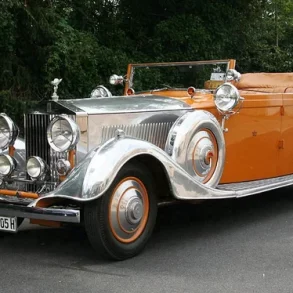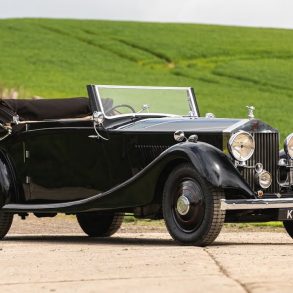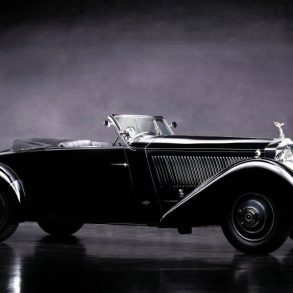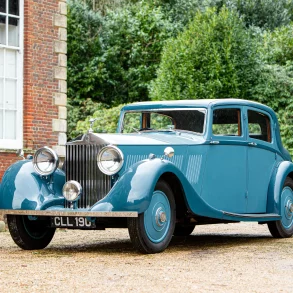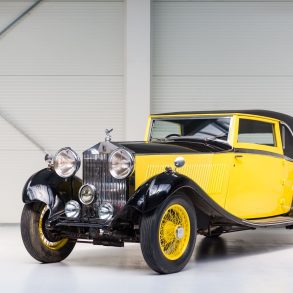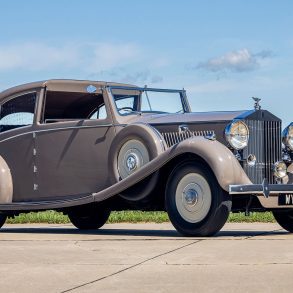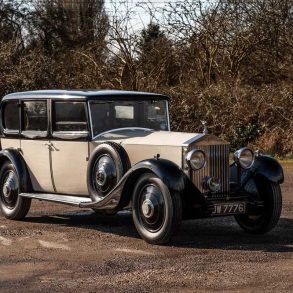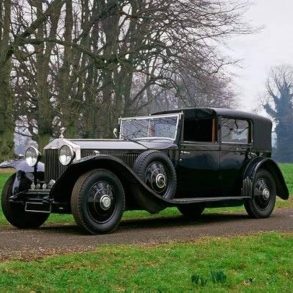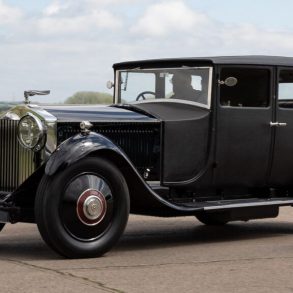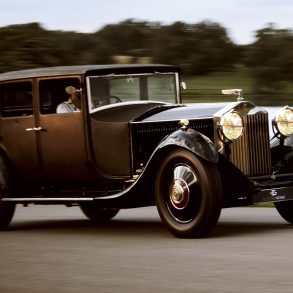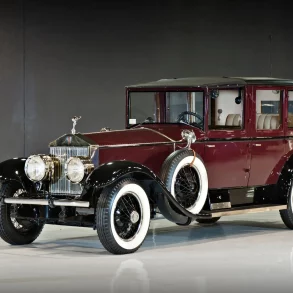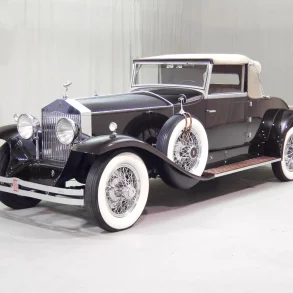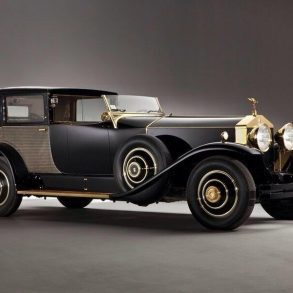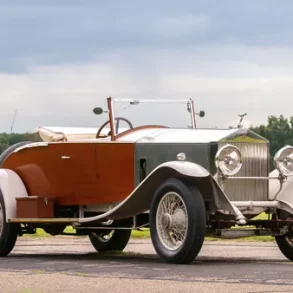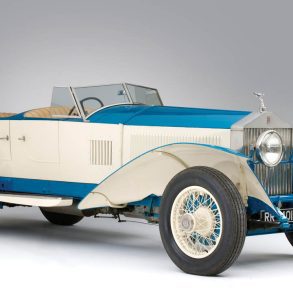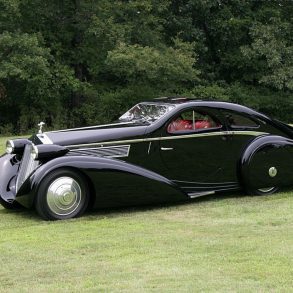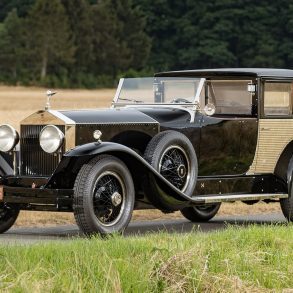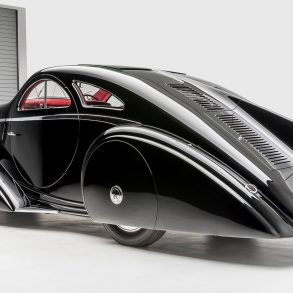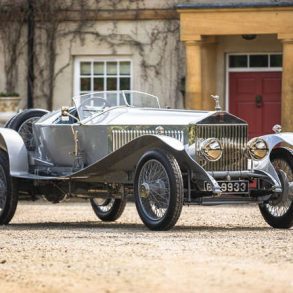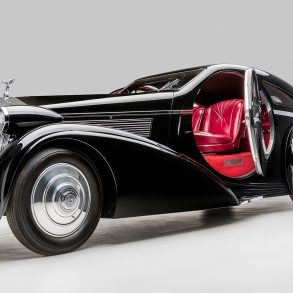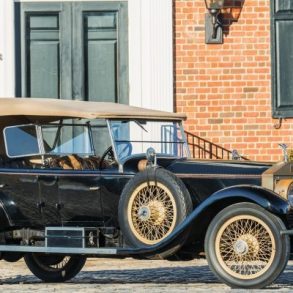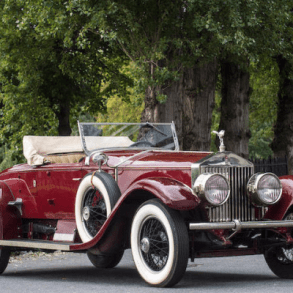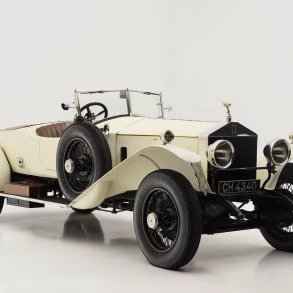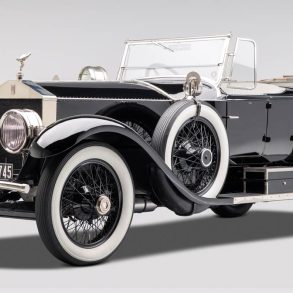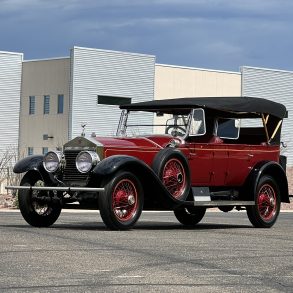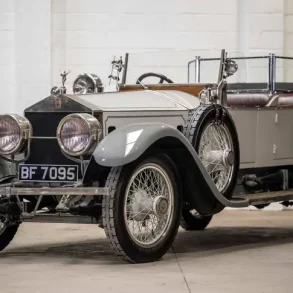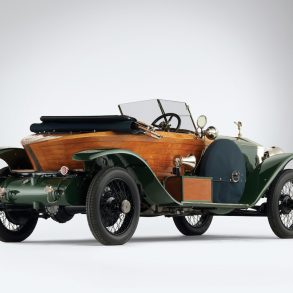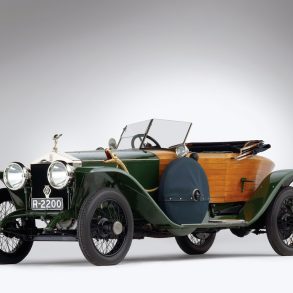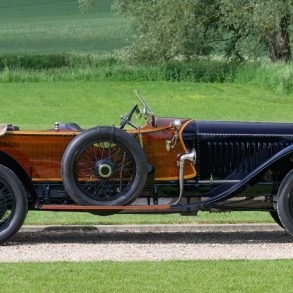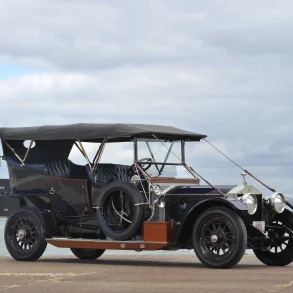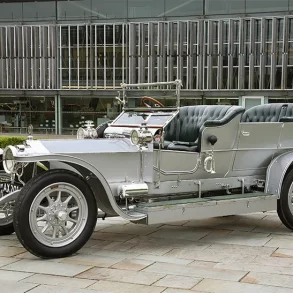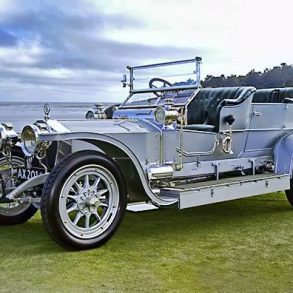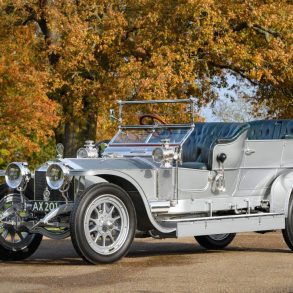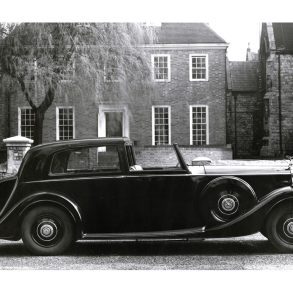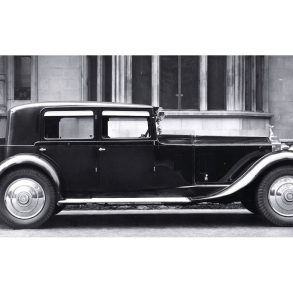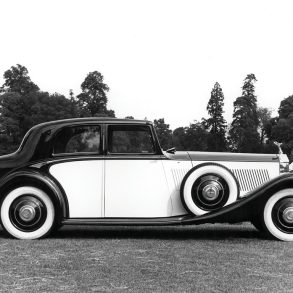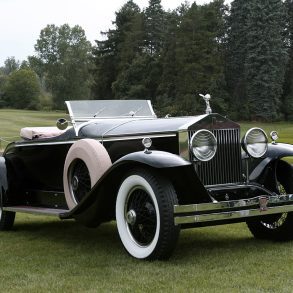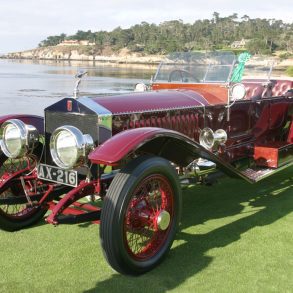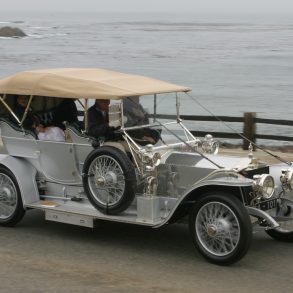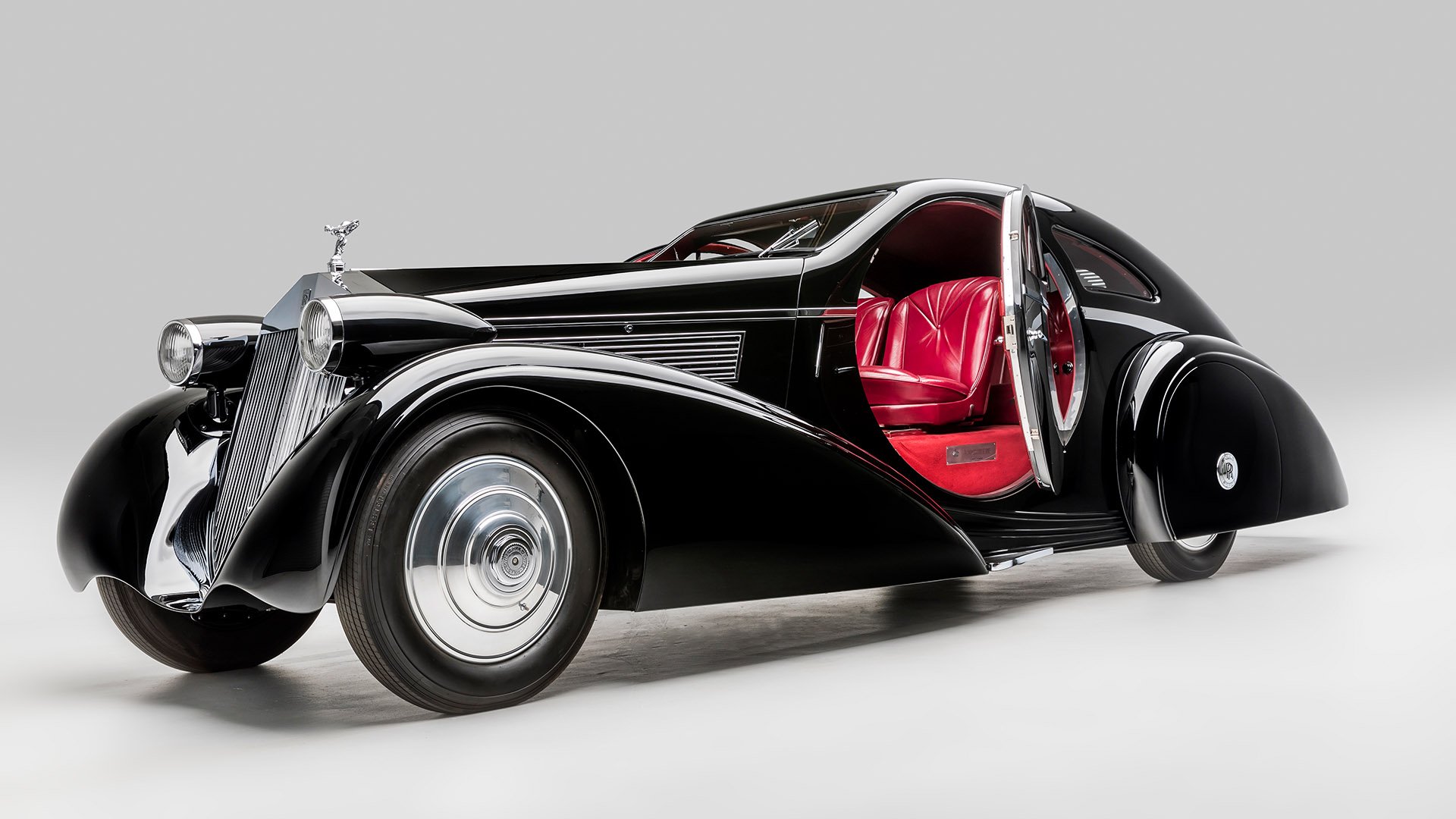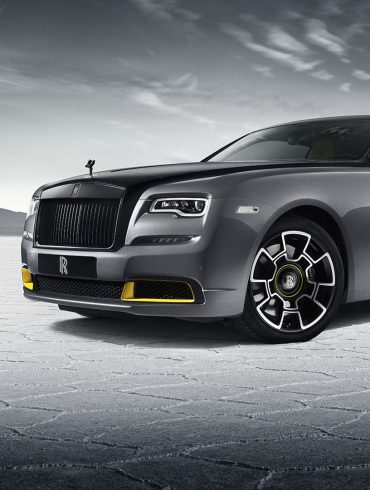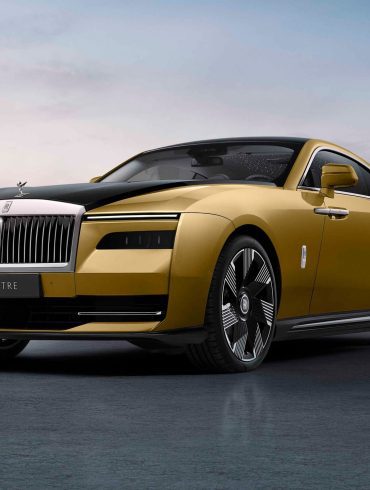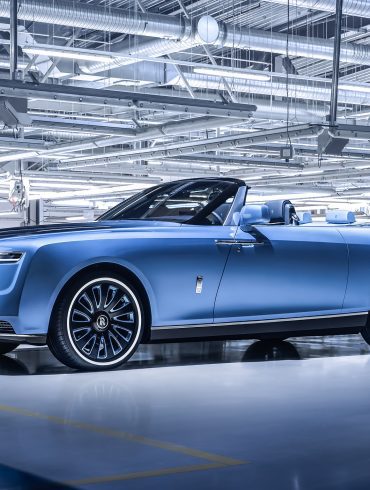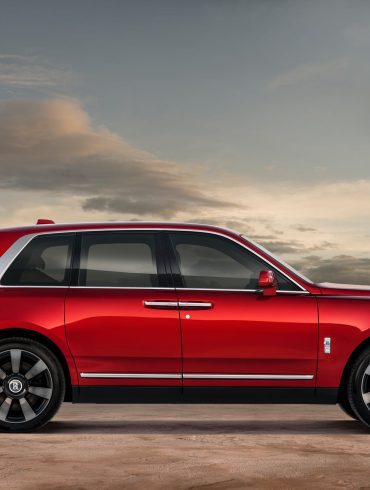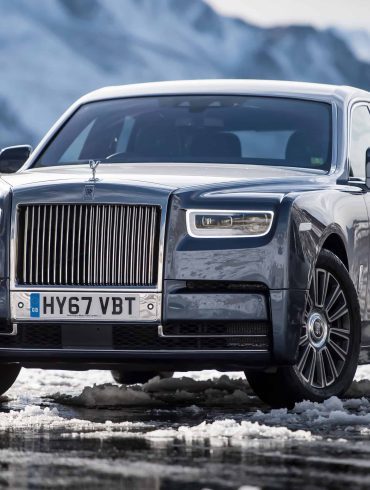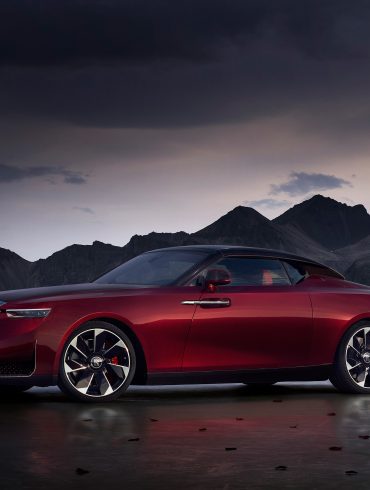1904 Rolls-Royce 10 HP The world’s oldest surviving Rolls-Royce, which dates from 1904, was sold today (3 December 2007) by Bonhams for 3,521,500 GBP breaking two world records. This is the highest price ever paid at auction for both a Rolls-Royce and a veteran car (pre-1905). Below is an excerpt...
Pre-War Era Rolls-Royce Cars
1904 - 1939
Rolls-Royce has a rich history that stretches back to the dawn of the automotive age. From its humble beginnings in a Manchester workshop to its rise as a global icon, the pre-war years (1904-1939) were a defining period for Rolls-Royce, laying the foundation for the legendary marque we know today. We delve into the fascinating early years of Rolls-Royce, exploring the visionary partnership of Charles Rolls and Henry Royce, their groundbreaking models, and the technological innovations that set them apart in a burgeoning industry. The "Best Car in the World" and the legacy of Rolls-Royce in its formative years.
Rolls-Royce Models from 1904 - 1939
The first Rolls-Royce was a twin cylinder car of 10HP made from 1904 to 1906. This was shortly followed by a three-cylinder 15HP and a four-cylinder 20HP which came in both a heavy chassis form for carrying Limousine coachwork and light chassis form for a more sporting Tourer. There was also a V8 and the six-cylinder 30HP. From 1907 to 1923 Rolls-Royce had a one model policy, making what was known initially as the 40/50 and later as the Silver Ghost. The car was an immediate advance on its contemporaries with pressurized engine lubrication, dual ignition and advanced carburation giving the car both a very flexible and smooth power delivery, and great reliability and longevity.
A Phantom I is very similar to a later type Silver Ghost as the main change was to the engine, leaving the chassis, suspension, gearbox and braking just as they were on the later Ghosts. The Phantom I, or New Phantom as it was originally known, proved popular although it had quite a short production run from 1925 to 1929. Coachwork evolved in the 1920s from the rather upright style suitable for the wearing of top hats to something lower and more elegant by the end of the Twenties. The Phantom I benefited from this trend and often received very elegant coachwork from the best British coachbuilders.
The success of the Phantom I had given Henry Royce time to redesign completely the large horse-power car; so when the Phantom II was announced in 1929 the car made a tremendous impact. The whole appearance of the car was changed by redesigning entirely the chassis and springing. The Phantom II entered production in 1929 and the last unit was produced in 1935. The Wraith introduced in 1938 was the last model made by Rolls-Royce in the inter-war years. It received a significantly strengthened cross/braced chassis and independent front suspension.
Rolls-Royce 10 hp (1904 - 1906)
Rolls-Royce 15 hp (1905)
Rolls-Royce 20 hp (1905 - 1908)
Rolls-Royce 30 hp (1905 - 1907)
Rolls-Royce V-8 (1905 - 1906)
Rolls-Royce 40/50 Silver Ghost (1906 - 1925)
Rolls-Royce Twenty (1922 - 1929)
Rolls-Royce 40/50 Phantom (1925 - 1929)
Rolls-Royce 20/25 (1929 - 1936)
Rolls-Royce Phantom II (1929 - 1935)
Rolls-Royce 25/30 (1936 - 1938)
Rolls-Royce Phantom III (1936 - 1939)
Rolls-Royce Wraith (1938 - 1939)


